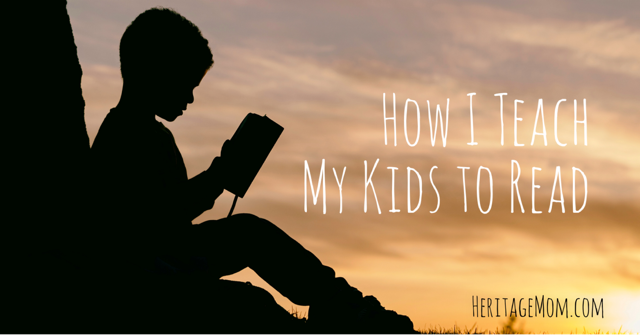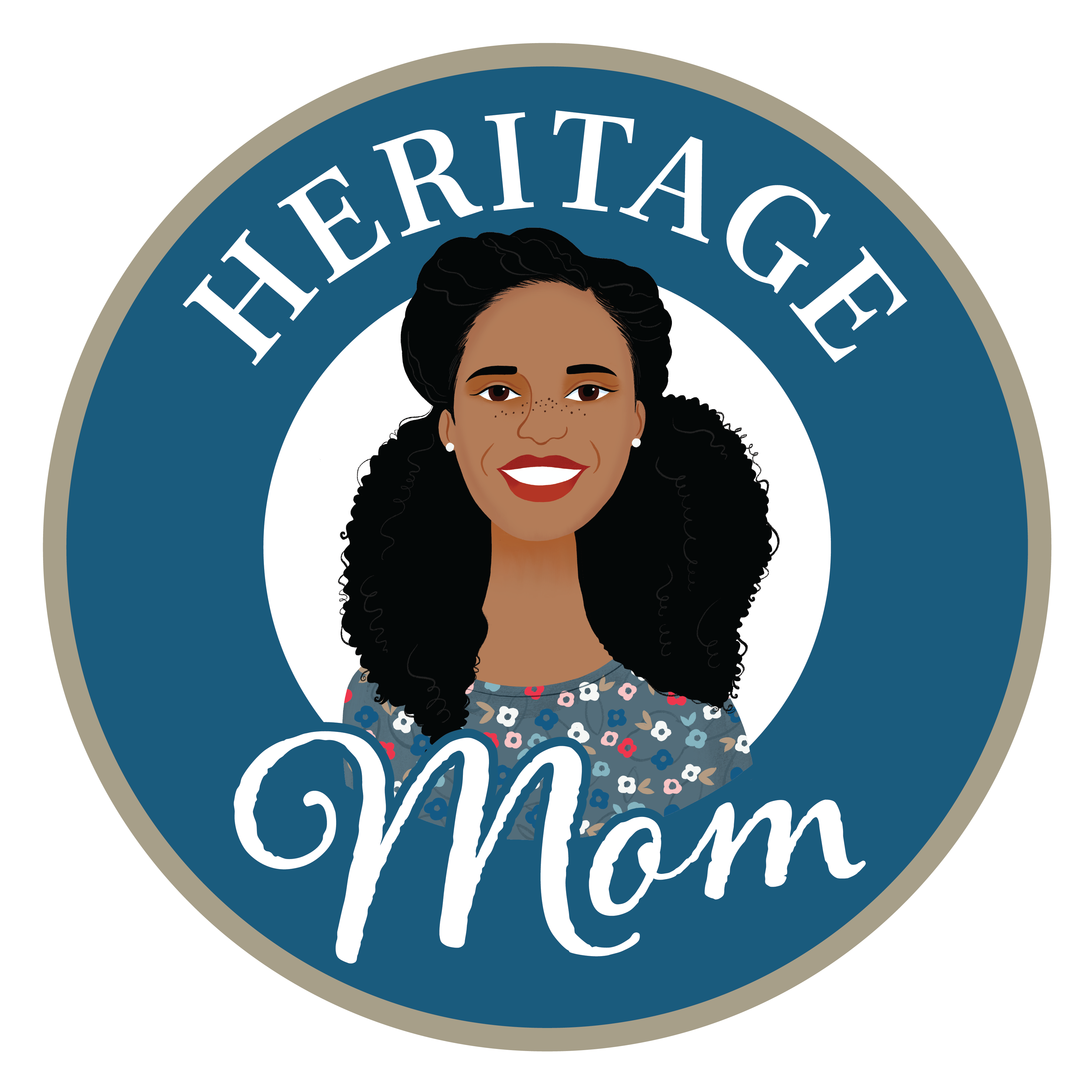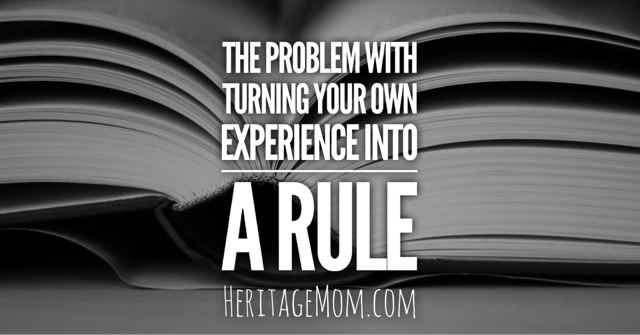One of the questions I often get from new homeschooling moms is, “How did you teach your children to read?” On one hand, I love answering this question because guiding my children to a love for the written word has been one of my most cherished homeschooling experiences. On the other hand, I dread answering this question because some of my methods and book choices are sure to elicit some side-eye from the Charlotte Mason purists – especially since I’m kinda sorta pure myself.

So I’m sharing here with the caveat that my reading lesson plans are “Charlotte Mason with a whole lot of Amber sprinkled on top.” Let’s file it under creative expression with a twist of mother knows best. I hope you like it!
As an Amazon Associate I earn from qualifying purchases. Some of these links are affiliate links that allow me to earn a small commission with no additional cost to you. Thank you for your support.
To teach my kiddos to read, I faithfully use The Ordinary Parent’s Guide to Teaching Reading by Jessie Wise. The methodology in this book varies from the traditional Charlotte Mason style reading lessons, but I love it. I’ve used this book with my three oldest children, and I’m preparing to begin with my fourth. It has traditionally taken me just over two years to complete the lessons with each child, and at the end of this period, they’ve all been strong readers. Definitely check out the sample pages on Amazon before making your decision.
Treadwell Readers
Once my kiddos are far enough along in their reading lessons to string together simple words, we start alternating the formal reading lessons with days of simply reading regular books, starting with the Treadwell Primer. We then progress through the series, typically moving on after the Second Reader.
These readers were written in the early 20th century by Harriett Treadwell and Margaret Free, and they are popular books used for teaching reading among Charlotte Mason families. For more information, check out Teaching Reading With Treadwell Readers from Leah of My Little Robins. She also offers reading lessons to correspond with the books.
Traditional Easy Readers
In addition to the Treadwell readers, we practice early reading using one of my favorite books, Tobe, and engaging animal books like these:
African American Easy Readers
I also add in plenty of books featuring Black people and characters, primarily for the pictures and messages. I use these for stocking stuffers and to occupy little hands when I need them to be doing something other than what they’re doing. The stories are fun and the biographies, historical fiction, and science titles have all been well-loved in our home, but the pictures are everything.
Please Note: The Sid the Science Kid books are out of print, but all of the other titles pictured below can be found on my African American Easy Readers Idea List.

As you can see, every single book on our shelves is not a Caldecott winner. Some of them are there for other reasons:
- For fun and giggles
- For imagery and confidence building
- For feeling like a big boy or girl
- For filling empty spaces in the publishing world
- For telling important stories
- For black and brown faces
Some people call all of the contemporary easy readers twaddle, but I disagree. All of the “I Can Read” books and similar titles are not equal. ”Barbie Goes Bonkers” and a biography on Aunt Clara Brown deserve to occupy different spaces in our minds.
Early Chapter Books
Once my children are able to handle the easy readers, we move on to early chapter books for additional practice. They typically read these books aloud to me, but once they’re comfortable they will often take them to bed at night for a bit of solo reading. For this category, we use many of the traditional novels recommended on quality booklists everywhere along with:
From the early chapter books, my kids have each made the leap to being strong independent readers able to handle a wide variety of novels, biographies, historical fiction, and other non-fiction books for school lessons and just for fun.
If you ask ten experienced homeschool moms how they teach their children to read, you’ll get ten different answers, and they’re all correct. However you choose to do it, the years spent investing in a strong reading foundation pay huge dividends and are invaluable for encouraging lifelong learning.
You can find me on Instagram @heritagemomblog. See you there!
















Awesome Amber.
Thank you for this detail review. I can’t wait to order a few recommendations
You’re so welcome! I hope that some of these work out well for your family.
Hello Amber, I came to your blog looking for books for my 2 boys and I also heard you speak on the sister circle podcast 😊. My question is, do you think I can use the teaching reading book to help my 8 year old (he can read) with reading comprehension and retelling a story?
Hi and welcome! That wouldn’t be a good option for reading comprehension as it is truly focused on learning how to read. However, the Treadwell reader pictured above (Reading-Literature Third Reader) would be a great option for him to read and tell back. I can’t find a free version of that 3rd grade one, but here’s a link to see inside an old 4th grade version (When you buy the new edition, it obviously won’t be beat up like the original): https://archive.org/details/readlit4thtread04free/page/342/mode/2up